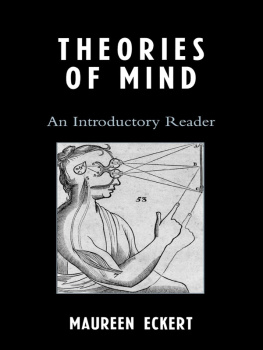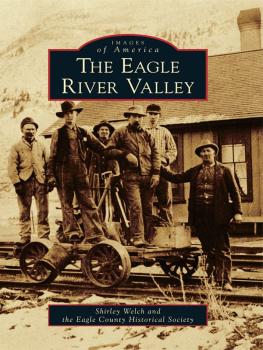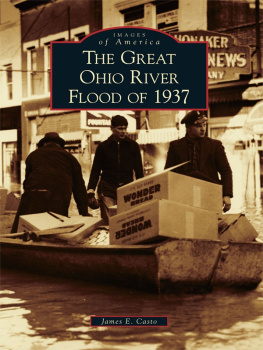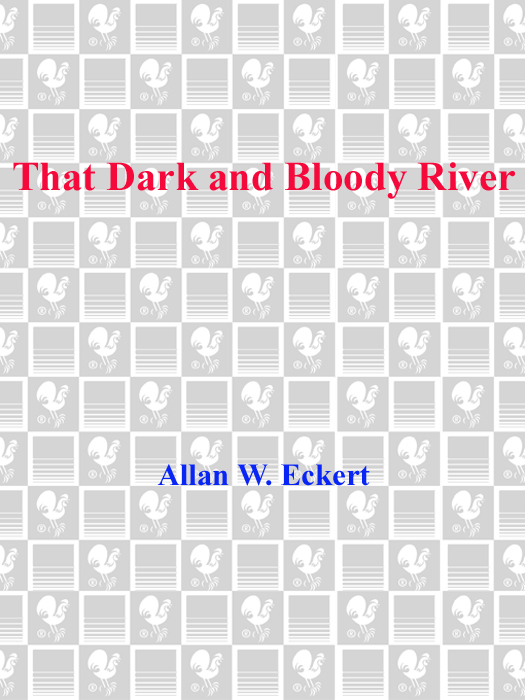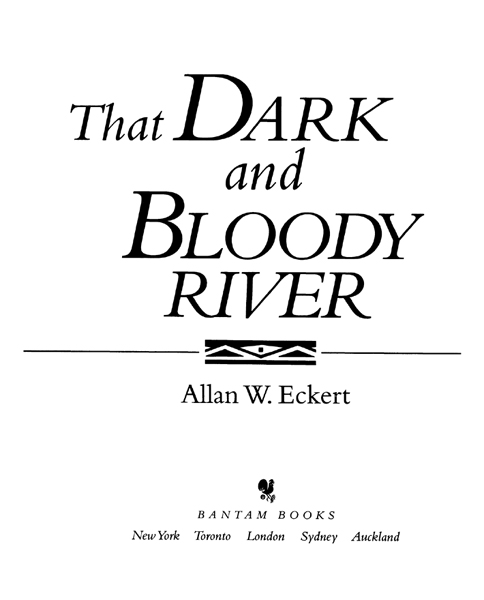PRAISE FOR A SORROW IN OUR HEART
One of those rare books pulling the reader so effectively into another world that the realities of life in the here and now appear alien when one emerges reluctantly from the pages.
The Washington Post Book World
It is hard to imagine an author better qualified to write a definitive biography of Tecumseh than Allan W. Eckert. Eckerts astounding breadth of knowledge is on full display.
The Plain Dealer, Cleveland
Only someone with Eckerts skill and background could have reached back through two centuries of tangled historical records to give us such an intimate account of Tecumsehs life. [A] rich and probing epic.
Detroit Free Press
If by some magic Tecumseh could have chosen his own biographer, he surely would have named Allan Eckert.
Dee Brown, author of Bury My Heart at Wounded Knee
THE NARRATIVES OF AMERICA SERIES
Vigorous, engrossing.
Chicago Tribune
Swiftly paced with a dramatic flair.
Kirkus Reviews
Crackling vibrant.
Detroit Free Press
ALSO BY ALLAN W. ECKERT
A Time of Terror Bayou Backwaters
Blue Jacket: War Chief of the Shawnees
The Conquerors The Court-Martial of Daniel Boone
The Crossbreed The Dark Green Tunnel
The Dreaming Tree Earth Treasures (4 volumes)
The Frontiersmen Gateway to Empire The Great Auk
The HAB Theory In Search of a Whale
Incident at Hawks Hill Johnny Logan: Shawnee Spy
The King Snake The Owls of North America
Savage Journey The Scarlet Mansion
The Silent Sky Song of the Wild
A Sorrow in Our Heart: The Life of Tecumseh
That Dark and Bloody River: Chronicles of the Ohio River Valley
Tecumseh! (Outdoor Drama) Twilight of Empire
The Wading Birds of North America The Wand
Whatizzit? Wild Season
Wilderness Empire The Wilderness War

Chronicles of the Ohio River Valley
THAT DARK AND BLOODY RIVER
PUBLISHING HISTORY
Bantam hardcover edition / December 1995
Bantam trade paperback edition / October 1996
All rights reserved.
Copyright 1995 by Allan W. Eckert.
Library of Congress Catalog Card Number: 95-17112.
No part of this book may be reproduced or transmitted in any form or
by any means, electronic or mechanical, including photocopying,
recording, or by any information storage and retrieval system, without
permission in writing from the publisher.
For information address: Bantam Books.
eISBN: 978-0-307-79046-0
Bantam Books are published by Bantam Books, a division of Bantam Doubleday Dell Publishing Group, Inc. Its trademark, consisting of the words Bantam Books and the portrayal of a rooster, is Registered in U S. Patent and Trademark Office and in other countries. Marca Registrada. Bantam Books, 1540 Broadway, New York, New York 10036.
v3.1
To my friend and blood-brother,
fellow historian, screenwriter, and
knifemaker extraordinaire,
PHILLIP W. HOFFMANWalking Hawk
of Westlake Village, California,
this book is dedicated
with
appreciation and affection
Our system is to live in perpetual peace with the Indians, to cultivate an affectionate attachment for them by everything just and liberal which we can do for them within the bounds of reason and by giving them effectual protection against the wrongs from our own people. When they withdraw themselves to the culture of a small piece of land, they will perceive how useless to them are the extensive forests and will be willing to pare them off in exchange for necessaries for their farms and families. To promote this, we shall push our trading houses, and be glad to see the good and influential individuals among them in debt, because we observe when these debts go beyond what the individual can pay, they become willing to lop them off by a cession of lands. But should any tribe refuse the proffered hand and take up the hatchet, it will be driven across the Mississippi and the whole of its lands confiscated.
PRESIDENT THOMAS JEFFERSON
Excerpt from a letter written to
Indiana Territory governor
William Henry Harrison
Maps
The Ohio River Valley
The Upper Ohio River Settlements and Notable Tributaries
Authors Note
In writing a history of the Ohio River and the struggle for dominance in the great Ohio River Valley, it has been the authors aim to present as much fresh material as possible: accounts of the people and events heretofore bypassed or only lightly touched upon in his other historical works in which the Ohio River played a significant role. As a result, in this work much more will be found about the lives of the Wetzel family, the Zanes and the Bradys, among others, than was possible in earlier works. The same holds true of much of the anecdotal material that has been tapped from early documentationthe letters, diaries, journals, reports and similar data.
By the same token, however, there are important events that could not be overlooked in this book simply because the author discussed them in a previous work. Thus, events that were critical in the shaping of the history of the Ohio River have been touched upon again here, such as the Battle of Point Pleasant, the expeditions of Henry Bouquet, Edward Hand, George Rogers Clark, Josiah Harmar, Arthur St. Clair, Anthony Wayne and others. Where this occurs, an effort has been made to depict the event from another viewpoint than previously done, incorporating new, expanded, or corrective material where possible. If not possible, then the event, in some cases, is portrayed with less detail than before and reference is made in the Amplification Notes to a more detailed account that appears in one of the authors previous works. The goal in all cases has been to present the events, if at all possible, from the perspective of characters who were previously less fully developed.
Quite often there are severalor even manyaccounts of the same event in the historical record, and with dismaying frequency those accounts differ considerably one from another. Deciding which to select, of such accounts, as the most accurate portrayal of the event involved is often very difficult; the actual participants who wrote about it then or later not infrequently had their own personal biases that may have led them to incorrectly or unfairly state what occurred. Where discrepancies do occur in the historical record, greater reliance has been placed upon those written by observers or participants who have established a reputation for accuracy, though sometimes a divergent account will be interesting or intriguing enough that it is discussed in the Amplification Notes section.
This book is written in the form that the author chooses to call narrative history, in which the reader may, as with a good novel, feel himself drawn into the current of events and identify closely with the characters. It is designed to utilize all the better elements of the novel form, for excitement, pace and continuity, yet at the same time strives to remain a reliable, accurate depiction of the history it embraces. In this respect the author uses considerably more dialogue than one normally associates with strictly historical works. Such dialogue is a form of painstakingly


